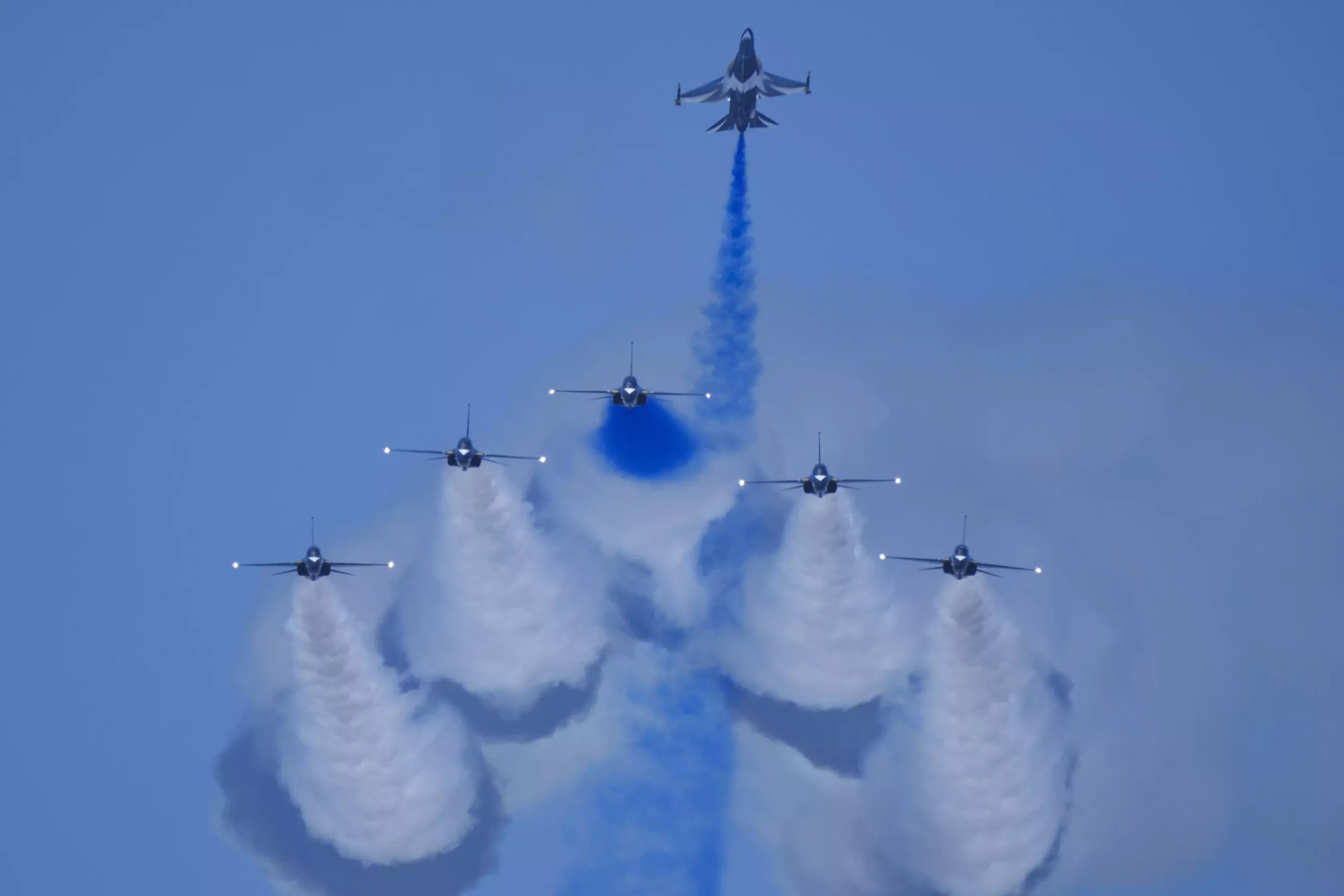The Singapore Airshow 2023, Asia’s largest aviation event, took off with a bang this week, showcasing an array of aerial displays to the public for the first time since 2020. This year’s event comes at a critical juncture for the aviation industry in Asia, as it begins to recover from the devastating impact of the COVID-19 pandemic. With over 1,000 exhibitors in attendance, the airshow offers a platform for industry players to highlight their latest innovations and advancements in technology, from autonomous vehicles to sustainable aviation fuel.
Despite the positive outlook for the aviation sector in Asia, the industry is facing significant challenges in its supply chain. Issues such as parts and plane shortages, as well as a dearth of qualified personnel, are hindering the capacity growth needed to meet the rising demand for air travel in the region. Subhas Menon, director general of the Association of Asia Pacific Airlines, highlighted the impact of these supply chain disruptions on the timely delivery of aircraft and spares. The uncertainty surrounding these challenges remains a pressing concern, with Menon citing trade tensions and geopolitical issues as contributing factors.
One of the highlights of this year’s Singapore Airshow is the presence of China’s COMAC C919 narrow-body airliner. The aircraft, which made its international debut at the event, has attracted significant attention as COMAC aims to position itself as a viable competitor to established players like Boeing and Airbus. Despite some key components, such as its engine, being sourced from the West, COMAC has garnered over 1,000 orders for the C919, signaling a growing interest in the Chinese manufacturer’s offerings. The recent order from China’s Tibet Airlines for 40 C919 passenger jets and 10 ARJ21 regional jets further underscores the company’s ambitions in the aviation market.
In line with the global emphasis on sustainability, this year’s airshow is expected to highlight advancements in sustainable aviation practices. Airbus, for example, is showcasing its A350-1000 aircraft using a blend of sustainable aviation fuel derived from cooking oil and tallow, alongside conventional jet fuel. The focus on sustainability extends beyond traditional aircraft manufacturers, with Hyundai’s Supernal unit, specializing in advanced mobility aircraft like air taxis, also making an appearance at the event. These initiatives underscore the industry’s commitment to fostering a more environmentally-conscious approach to aviation.
The flying display at the Singapore Airshow is a mesmerizing showcase of precision and skill, featuring a diverse range of aircraft from different countries. From Singapore’s F-15SG fighter jet to COMAC’s C919 and Airbus’ A350-1000, the aerial maneuvers captivate audiences with their grace and power. International participants, such as the Indian air force’s Sarang helicopter team and the Indonesian and Australian air forces, add to the global flavor of the event. The South Korean air force’s Black Eagles, culminating in a spectacular display featuring the Taegeuk symbol, provide a fitting finale to a day filled with aviation marvels.
The Singapore Airshow 2023 serves as a pivotal platform for the aviation industry to showcase its resilience, innovation, and commitment to sustainability. As the sector continues to navigate challenges in the supply chain and adapt to evolving market dynamics, events like the airshow play a crucial role in fostering collaboration and driving progress in the aviation landscape. With a focus on cutting-edge technology, sustainable practices, and international cooperation, the future of aviation looks bright as it takes flight at the Singapore Airshow.



Leave a Reply